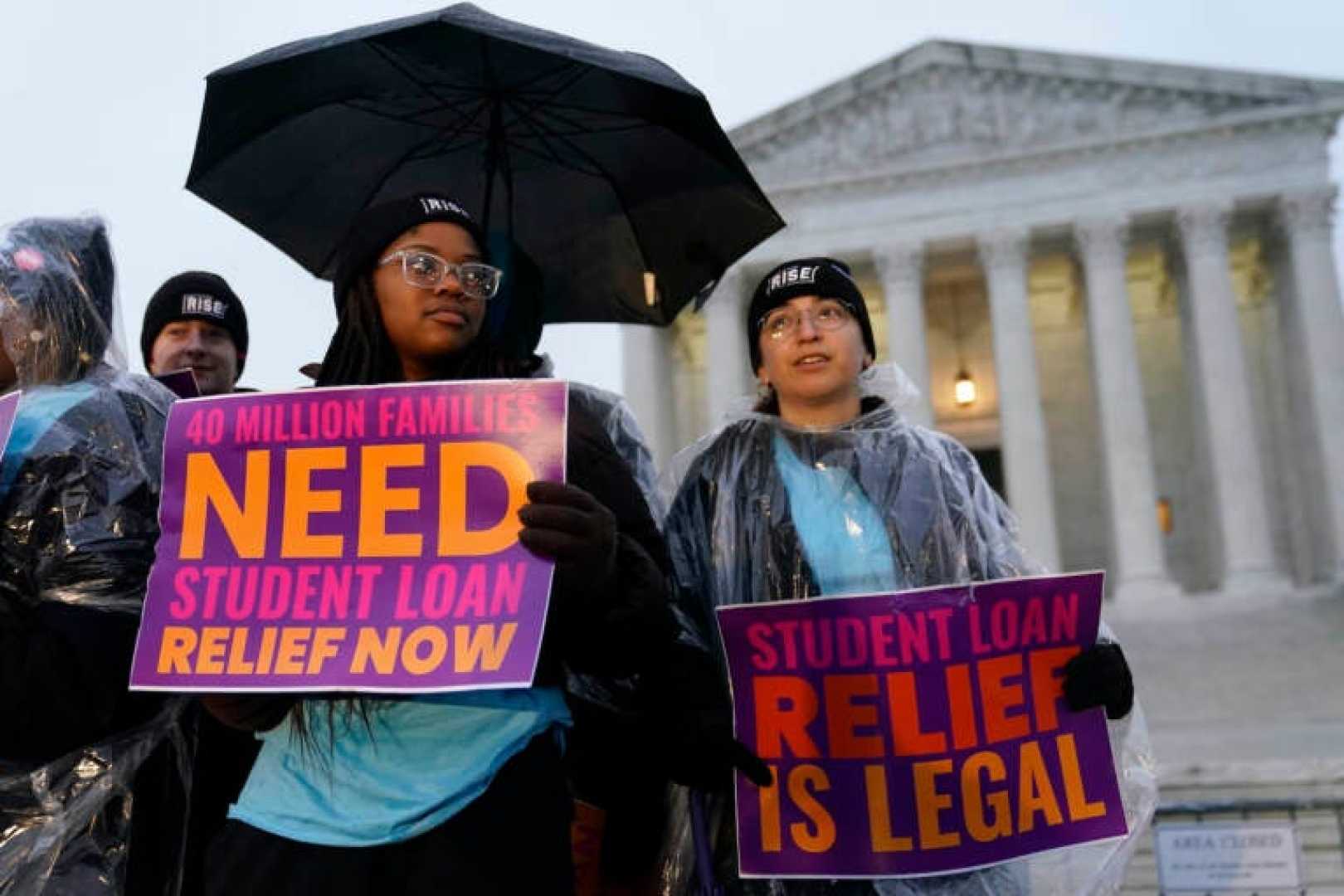News
Federal Student Loan Borrowers Face Unprecedented Uncertainty Amid Legal Challenges

WASHINGTON, D.C. — As federal student loan borrowers face mounting uncertainty, eight million are anxiously awaiting court rulings on the legality of their repayment plans while another nine million are at risk of falling into default.
Reports indicate that as of March 7, over 4.2 million borrowers are already more than 90 days late on payments, while nearly five million are between one and 90 days overdue, representing more than 20% of the nation’s approximately 43 million borrowers. Experts warn that this situation could lead to an explosion of delinquencies and defaults.
“Total disarray,” is how Michele Zampini, a representative from the Institute for College Access and Success, described the current federal student loan landscape. “We are witnessing unprecedented uncertainty,” added Beth Akers, a higher education researcher at the American Enterprise Institute.
Since the U.S. Department of Education paused federal student loan payments at the onset of the COVID-19 pandemic, the threat of default was temporarily lifted. However, the clock is now ticking toward default as of October 1, 2024, as borrowers are gradually expected to resume their payments.
Delinquencies can severely impact a borrower’s credit, complicating future attempts to secure loans for cars, homes, or other significant purchases. The consequences worsen after 270 days of non-payment when a borrower is considered in default and may see wages and tax refunds seized by the government.
Scott Buchanan, executive director of the Student Loan Servicing Alliance, emphasized the importance of responding to communications from loan servicers. “If your phone rings and says it’s your loan servicer, we’re not trying to sell you something. You need to answer; there’s likely a problem,” he stated.
The legal landscape became further complicated recently, notably regarding the Biden administration’s Saving on a Valuable Education (SAVE) repayment plan, which aimed to provide borrower protections and forgiveness options. Due to ongoing legal questions, enrollment in the plan has reportedly ceased.
Jason Delisle, of the Urban Institute, informed borrowers that they should be prepared if the SAVE plan is ultimately revoked, stating, “There isn’t going to be a SAVE plan. It’s either going down under legislation or going down by the judge’s ruling.”
As complications arise from the legal freezing of income-driven repayment plans and uncertainties about the Public Service Loan Forgiveness Program, borrowers are urged to monitor their accounts closely. Recent issues with application processes have left many trapped in administrative limbo.
The Department of Education stated it is working to align its Income-Driven Repayment programs with recent court rulings and has reinstated online forms for the repayment plans.
Buchanan emphasized that while the current administration is seeking to make procedural changes, the challenges are partly administrative: “This is just a practical issue stemming from the required changes due to court rulings.”
Despite navigating these changes, experts recommend that borrowers become well-acquainted with their loans and eligibility for various plans, as clarity may remain elusive for some time.
Perspectives on the future vary, but many indicate that borrowers must be proactive to manage their student debts effectively, as they confront a potentially tumultuous financial landscape ahead.












